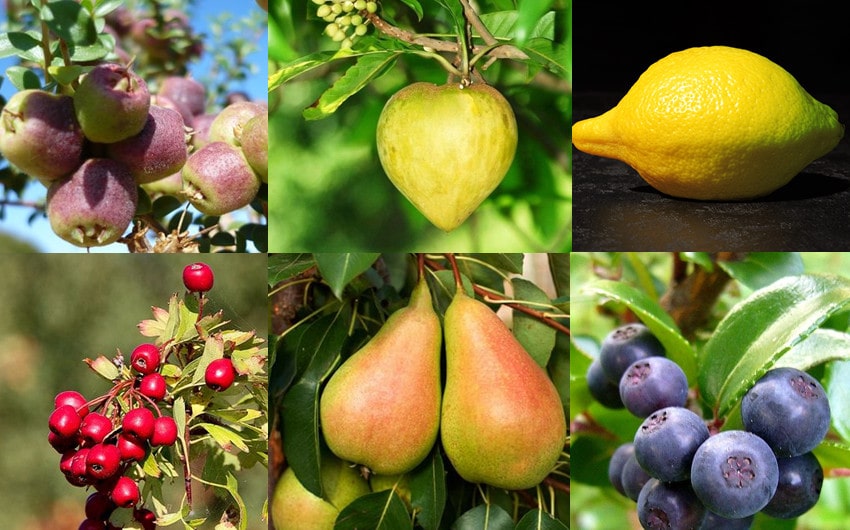14 Delicious and Nutritious Fruits That Start With E
Fruits are a delicious and essential part of a healthy diet, offering a range of flavors and nutritional benefits. If you’re looking to diversify your fruit intake, why not explore fruits that start with E? These unique and often overlooked fruits can add variety and excitement to your meals.
From the antioxidant-rich elderberry to the versatile eggplant, there are several intriguing options to discover. In this article, we’ll introduce you to 14 fruits that start with E, highlighting their benefits and how you can enjoy them.
1. Elderberry

- Description: Elderberries are small, dark purple berries that grow in clusters on the elder tree.
- Nutritional Benefits: They are high in vitamin C, dietary fiber, and antioxidants, which can boost the immune system and reduce inflammation.
- Uses: Commonly used in syrups, jams, wines, and dietary supplements, elderberries are often sought after for their health benefits, particularly in supporting the immune system.
2. Eggplant

- Description: Although commonly treated as a vegetable, eggplants are technically a fruit. They have glossy purple skin and spongy white flesh.
- Nutritional Benefits: Eggplants are rich in fiber, vitamins B1 and B6, and potassium. They also contain antioxidants such as nasunin, which may protect brain cells from damage.
- Uses: Versatile in cooking, eggplants can be grilled, roasted, stuffed, or used in dishes like ratatouille, baba ganoush, and stir-fries.
3. Emu Apple
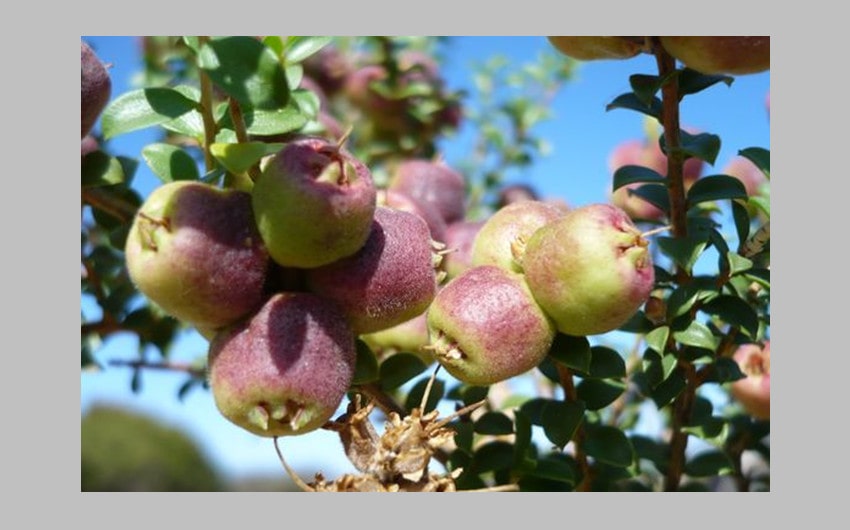
Image source: Pinterest
- Description: Also known as “Muntries,” Emu Apples are small, dark red or purple berries native to Australia.
- Nutritional Benefits: They are high in antioxidants, vitamin C, and dietary fiber, which can support immune health and digestion.
- Uses: Emu Apples can be eaten fresh or used in jams, sauces, and desserts. Their sweet and tart flavor makes them a delightful addition to various dishes.
4. Etrog

- Description: The Etrog is a citrus fruit with a thick, bumpy rind, traditionally used in Jewish religious rituals during the festival of Sukkot.
- Nutritional Benefits: It contains vitamin C, fiber, and antioxidants, which can support immune health and digestion.
- Uses: Etrog is often candied or used in marmalades and jams. Its zest can also be used to flavor various culinary dishes.
5. European Pear

Image source: Pinterest
- Description: European pears have the classic pear shape with green or yellow skin and sweet, juicy flesh.
- Nutritional Benefits: They are rich in dietary fiber, vitamin C, and potassium, which can support heart health and digestion.
- Uses: Pears are delicious eaten fresh, used in desserts, salads, and as a complement to cheeses. They can also be poached, baked, or made into preserves.
6. Elephant Apple

Image source: Pinterest
- Description: Elephant Apples are large, green fruits with a tough rind and tangy, fibrous flesh.
- Nutritional Benefits: They contain vitamin C, calcium, and dietary fiber, which can support bone health and digestion.
- Uses: Often used in curries, chutneys, and traditional medicines in Southeast Asia, Elephant Apples add a tangy flavor to dishes.
7. Emblica (Indian Gooseberry or Amla)

- Description: Emblica, also known as Indian Gooseberry or Amla, is a small, green fruit with a tart taste.
- Nutritional Benefits: It is high in vitamin C, antioxidants, and anti-inflammatory properties, which can boost immunity and support skin health.
- Uses: Emblica can be consumed fresh, in juices, pickles, or dried and powdered as a supplement. It is also used in Ayurvedic medicine for its health benefits.
8. Entawak
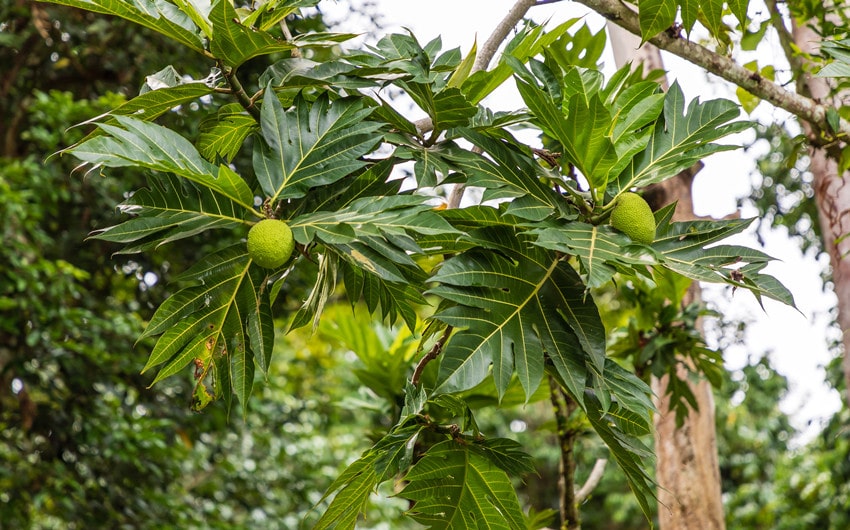
- Description: Entawak is a fruit native to Southeast Asia, similar to jackfruit but smaller with orange flesh.
- Nutritional Benefits: It is rich in vitamins A and C, and dietary fiber, which can support eye health and digestion.
- Uses: Entawak can be eaten fresh or used in traditional desserts and snacks. Its sweet and aromatic flesh is enjoyed in various culinary preparations.
9. Evergreen Huckleberry
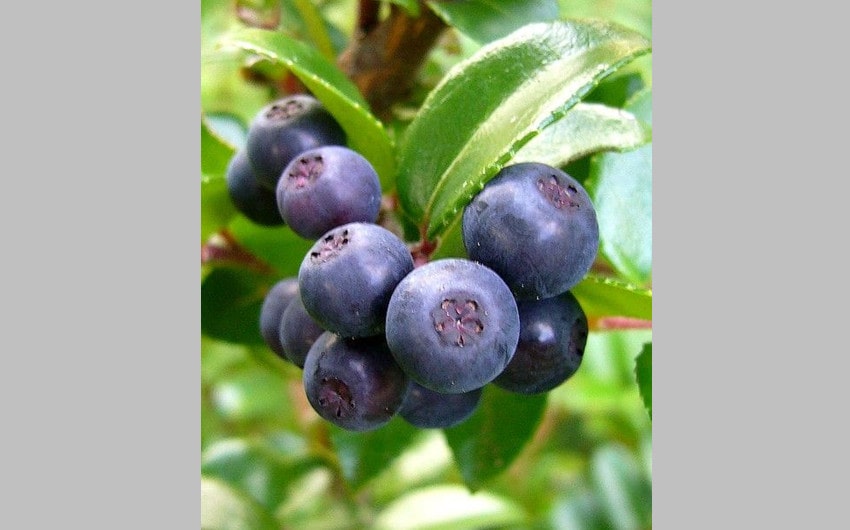
Image source: Pinterest
- Description: Evergreen Huckleberries are small, dark blue to black berries from the evergreen shrub.
- Nutritional Benefits: They are high in antioxidants, vitamin C, and dietary fiber, which can support immune health and digestion.
- Uses: These berries are used in jams, pies, and as a fresh fruit. They can also be dried and used in various recipes.
10. Eriobotrya (Loquat)

- Description: Also known as loquat, Eriobotrya is a small, orange, pear-shaped fruit.
- Nutritional Benefits: It contains vitamin A, dietary fiber, and antioxidants, which can support eye health and digestion.
- Uses: Loquats are eaten fresh, in jams, or as a flavoring in desserts. They can also be used in savory dishes and salads.
11. Eggfruit (Canistel)

Image source: Pinterest
- Description: Eggfruit, also known as Canistel, is a yellow, egg-shaped fruit with sweet, custard-like flesh.
- Nutritional Benefits: It is rich in vitamins A and C, and dietary fiber, which can support skin health and digestion.
- Uses: Eggfruit can be eaten fresh or used in desserts, smoothies, and ice creams. Its sweet flavor and creamy texture make it a popular ingredient in various recipes.
12. Eastern Hawthorn
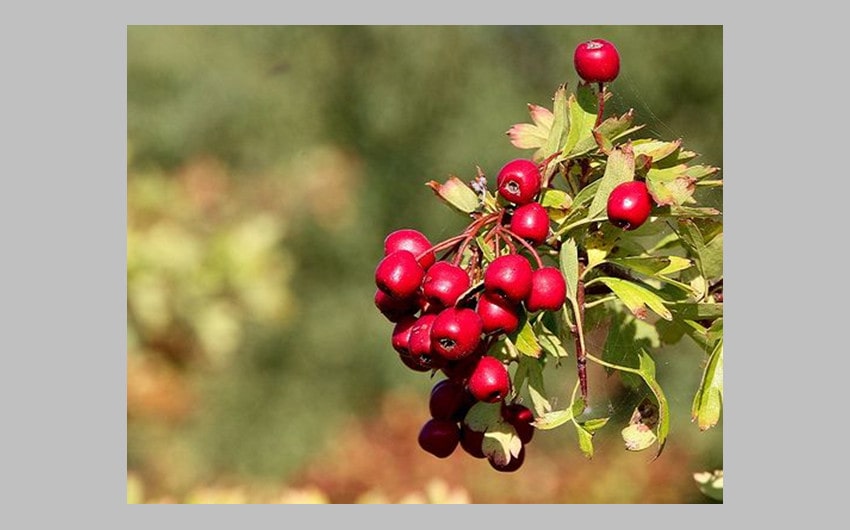
Image source: Pinterest
- Description: Eastern Hawthorn is a small, red fruit from the hawthorn tree.
- Nutritional Benefits: It contains antioxidants, vitamin C, and dietary fiber, which can support heart health and digestion.
- Uses: Hawthorn berries are used in traditional medicines, teas, and jellies. They are also known for their potential cardiovascular benefits.
13. Ensete (False Banana)
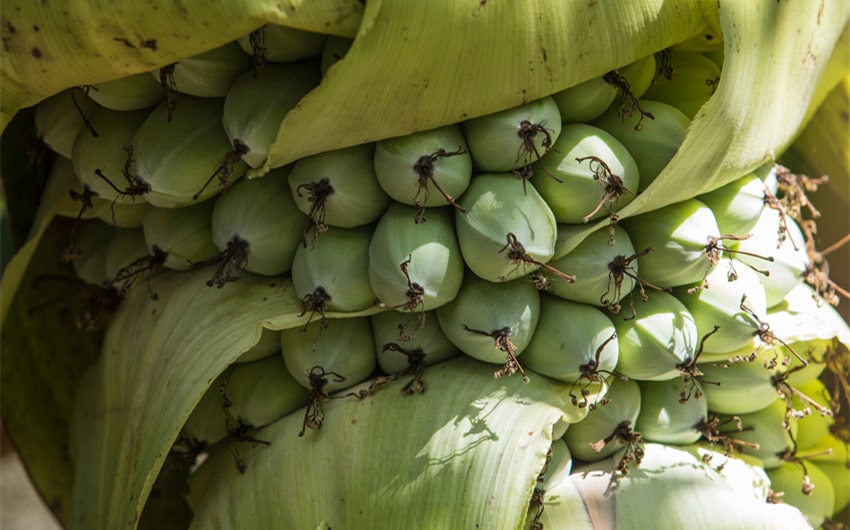
- Description: Ensete, also known as False Banana, is a large fruit native to Africa. It resembles a banana but is primarily grown for its starchy pseudostem rather than its fruit.
- Nutritional Benefits: Rich in carbohydrates, fiber, and essential minerals like potassium and magnesium.
- Uses: The starchy part of the Ensete plant is fermented to make a traditional Ethiopian food called kocho. The fruit itself is rarely eaten but the plant is a vital food source in some African regions.
14. Elephant Ear Fig
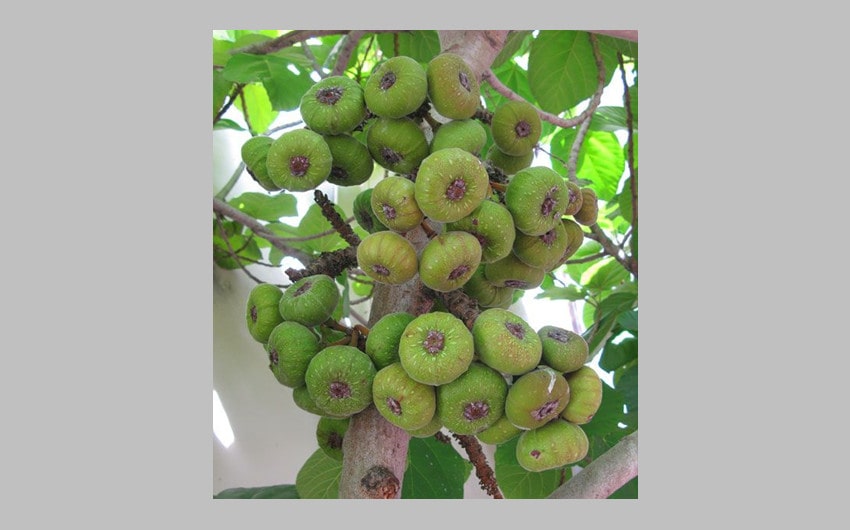
Image source: Pinterest
- Description: Elephant Ear Fig, also known as Black Mission Fig, is a small to medium-sized fig with dark purple to black skin and sweet, pink flesh.
- Nutritional Benefits: High in dietary fiber, vitamins B6 and K, and minerals like potassium and manganese, which can support heart health and digestion.
- Uses: These figs can be eaten fresh, dried, or used in jams, desserts, and savory dishes. They are also popular in salads and as a snack.

